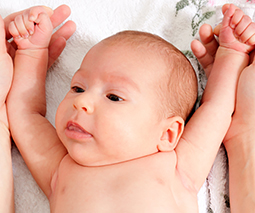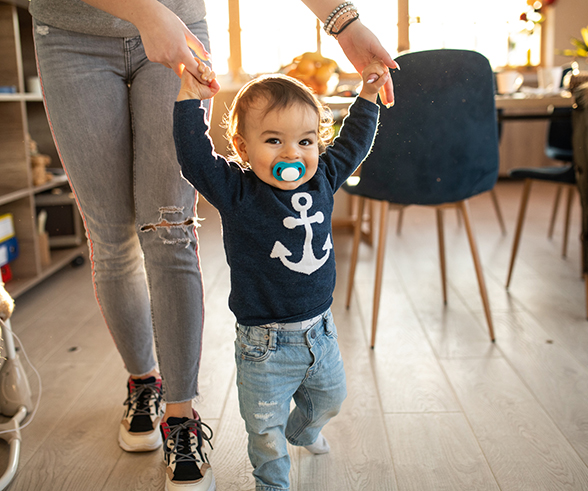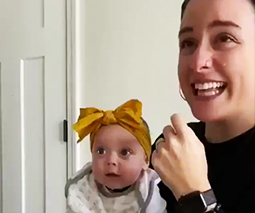Everything you need to know about attachment parenting
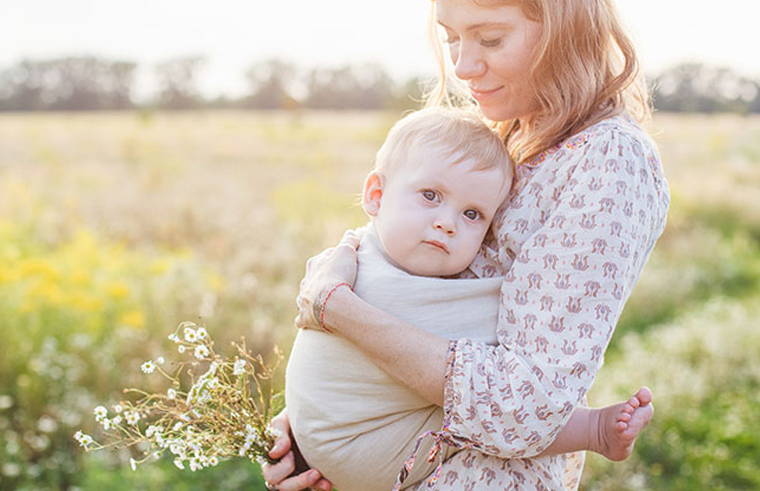
These days, we’re constantly inundated with varying advice on how best to bring up our children. There’s always some new parenting trend that we’re encouraged to follow and made to feel guilty if we don’t. However, it all comes down to finding what works.
One movement which has been embraced by parents the world over is attachment parenting. More child-centred and instinctive by nature, it has certainly received its fair share of criticism. But what does it actually involve and how can it benefit your child?
What is attachment parenting?
Attachment parenting is a term first established by American paediatrician Dr William Sears and his wife Martha, a registered nurse. It’s based on the principle of recognising your child’s needs and demands and responding to them sensitively. Dr Sears believes this is nothing new, nor is it a passing trend; it’s a way of parenting that has been practised throughout history and one that comes naturally to parents.
As he says on his website, “The principles of attachment parenting are being responsive and sensitive to your baby’s needs, nurturing your child through touch, and creating a bond that allows the child’s needs to be easily deciphered and cared for.”
Attachment parenting encourages children to form a secure attachment, which offers a sense of security and also promotes self-confidence and the ability to form healthy relationships. Building a strong relationship between parent and child allows the child to feel secure and confident that his needs will be met, and that he has a safe base or haven from which he can explore.
What does attachment parenting involve?
While there are no set rules with attachment parenting, there are certain principles involved that parents are encouraged to follow in order to create that special connection with their child:
1. Bonding through touch
Creating a bond through touch is a crucial element of attachment parenting and starts the minute your baby is placed in your arms and you feel that skin-to-skin contact. This physical connection also reduces crying and helps with babies’ sleeping patterns and overall health and development. It also reduces a mother’s stress levels and allows her to connect with her child and be more sensitive to his cues.
2. Babywearing
The notion of keeping your baby close is extended into ‘babywearing,’ which is where you have your baby constantly with you, either on your back or front in a sling or pouch. This helps keep both mother and baby calm and fuss-free and helps strengthen the relationship between the two.
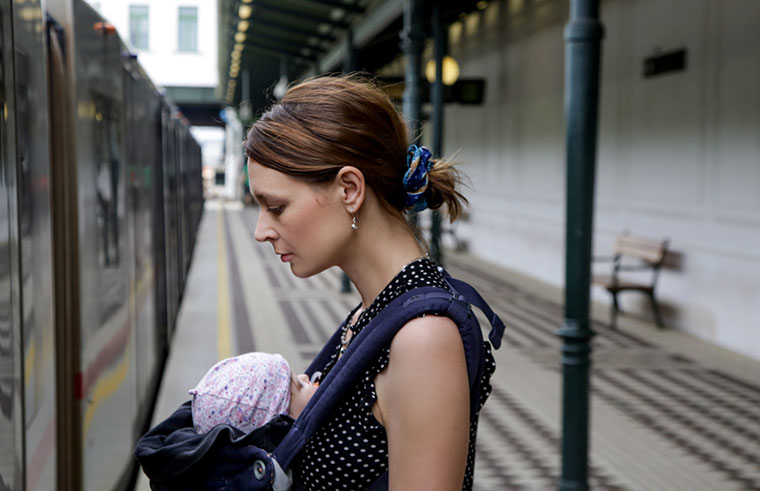
3. Co-sleeping
According to Attachment Parenting International, various sleep training techniques can offer “detrimental physiological and psychological effects” on children who have just as many needs at night as they do during the day such as fear, loneliness, hunger, being hot or too cold. Attachment parenting promotes safe co-sleeping with your child or sharing the same room and often means parents going to bed when the child is ready for sleep. As well as offering a sense of calm and closeness for the child, it also makes for easier breastfeeding during the night with less wakefulness for mum.
4. Breastfeeding
Breastfeeding encourages a strong bond between mother and child and is an important part of attachment parenting, as is feeding on demand and self-weaning. This teaches an infant that the parent is there to meet his needs, day or night and continues that physical bond between mother and child for as long as desired.
5. Immediate response to baby’s cries
There are varying opinions on responding to a crying baby or toddler, with many advising against an instant response. However, attachment parenting recommends the opposite where parents intervene before crying gets out of control. And by building a strong connection with a child, parents learn to better read a baby’s cries and respond to them as appropriately as possible.

Attachment parenting criticisms
There are many who believe this form of child-focused parenting is going to spoil the child, encouraging them to cry until they get what they want and constantly demand to be fed. However, attachment parenting is about truly recognising and understanding your baby’s cries and demands and responding sensitively. According to Dr Sears, this does not necessarily equate to an indulgent form of parenting.
“Attachment parenting is loving and attentive parenting but is nothing close to spoiling a child,” he says on his website.
“Attachment parenting is responding appropriately to your baby’s needs, which means knowing when to say yes and when to say no.”
The benefits of attachment parenting
A great deal of research has been done on the benefits of attachment parenting, with varying results; however, there is an overwhelming number of benefits. Research in Psychology Today, explains that attached children have lower stress levels, cry less often and show higher levels of empathy.
Meanwhile, another study out of Salem State University and Harvard Medical School reveals that the use of attachment parenting practices both with infants and older children can greatly reduce the child’s stress and help children to better regulate their emotional states.
“The result of more effective emotion regulation and secure attachment during infancy and childhood is that children engage more effectively with essential developmental tasks, including peer relationships and schooling,” states the report.
A study published by the American Psychology Association reveals that attachment parenting helps children become physiologically and psychologically healthy. One reason is that it prevents a child from experiencing lengthy sessions of crying. According to the study, “Being exposed to high levels of stress, especially without close contact with an attachment figure, such as a parent, can have a deleterious effect on the brain.”
No one-size-fits-all approach
Author, Robyn Barker, who has long been offering mums and dads a practical and accessible approach to parenting, believes that this method is not for everyone.
“Bed-sharing, baby-wearing, baby-led weaning are options for those for whom this appeals,” she said. “Sleep-training older babies and toddlers and separate sleeping are also perfectly reasonable options.”
She also points out that “difficulties in the first years, especially relatively minor housekeeping practicalities such as sleep and holding babies, do not have lifelong consequences, positive or negative.”
There are many different thoughts on the value of attachment parenting, but even Dr Sears, who coined the phrase, agrees that it may not all be possible.
“Attachment parenting is an approach rather than a set of rules,” he says on his website. “So while birth bonding, breastfeeding, babywearing and safe co-sleeping are encouraged in this style of parenting, the benefits of attachment parenting are not exclusive to those who are able to do all of these things.”

